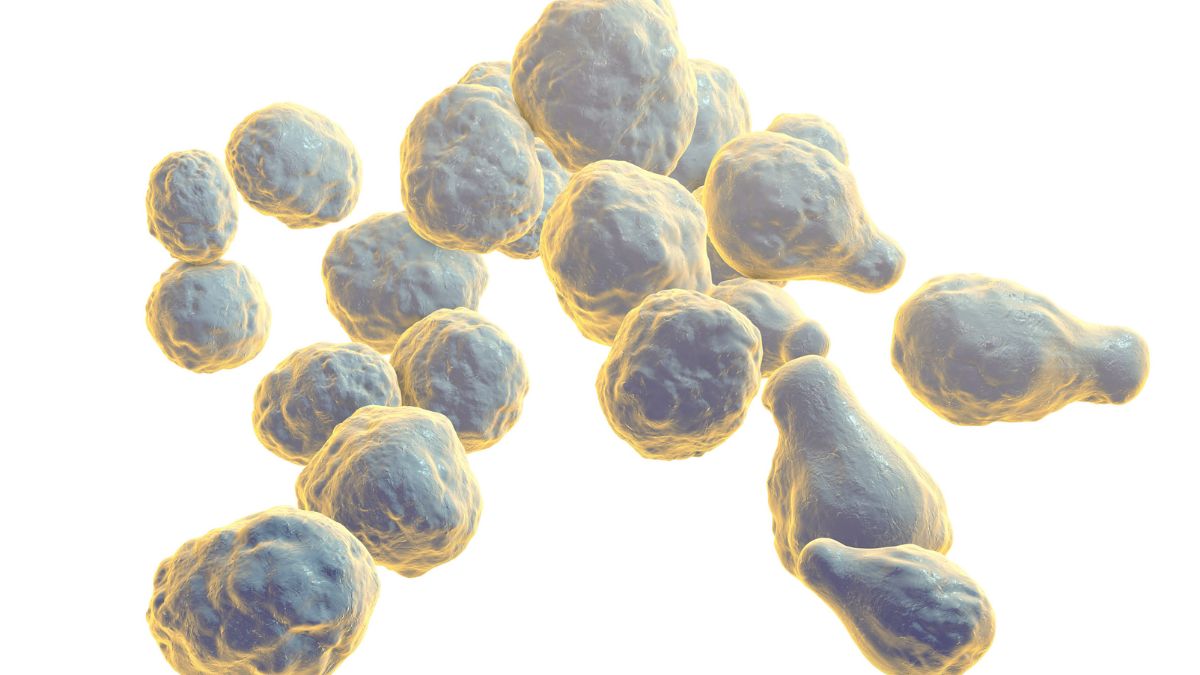Things To Know Before Controlling Fungus Gnats

Fungus gnats, which are also known as dark-winged fungus gnats, are small insects found in houses and offices, usually near houseplants. Even though adult fungus gnats are considered harmless, they are considered a nuisance, especially if they are present in large numbers. Fungus gnats are pests of houseplants, as houseplants are the medium for their larvae to develop.
Damage caused by fungus gnats:
Fungus gnats, as adults, do not cause any damage to plants or bite people. However, their larvae may cause damage to roots of plants and stunt the growth of seedlings and young plants, especially when present in large numbers. Due to the presence of larvae, interior plants capes or houseplants may wither because of the root damage caused by them. Severe damages by them may be noticed in nurseries, greenhouses and sod farms. The damage caused by fungus gnats to outdoor plants is not considered to be significant.
Management:
Fungus gnats spend the majority of their lives as larva and pupa in soil or organic matter. It is therefore a good option to target them when they are in larva or pupa form, rather than when they are adults. To control fungus gnats, excess moisture and organic debris must be reduced. There are several natural and commercial controlling agents available in the market. Insecticides are usually considered ineffective against fungus gnats.
- Monitoring – Adult fungus gnats, which are mosquito-like and have a specific y-shaped wing structure. Therefore, they are easy to spot. The larvae feed in excessively moist conditions or on organic debris. To monitor the larvae, you can use raw potato, which can be placed in the houseplants.
- Managing water and soil – Excessive watering of houseplants should be avoided. Ensure that the plant has good drainage to prevent the formation of fungus gnats larvae. The surface of the soil container or pot should be allowed to dry. Water should not be allowed to stagnate. The larvae grow in the presence of decaying vegetation and fungi. Avoid using manure and compost, that are not fully decomposed. Cover the windows with screens to stop adults from entering the house. Pasteurized container mix should always be used. This can also be steamed or solarized to kill the micro-organisms that the larvae feed on.
- Trapping – Yellow sticky traps can be used for trapping the adult fungus gnats. Raw potato, peeled and cut to chunks are placed in soil to spot the larvae and attract them away from the plants. The chunks need to be replaced with new ones after a few days.
- Controlling biologically – Several biological control agents including nematodes, mites and insecticides are available in the market. BTI products, available in nurseries or plant centres, are also helpful to control fungus gnats. These need to be used at intervals of 5 – 6 days. All the agents have different ways of usage, based on the reproductivity, which influence the time for which they are effective.
- Controlling chemically – Sometimes, the biological agents of control are unavailable, or ineffective due to large population. Chemical agents like pyrethrins or pyrethroid insecticides can provide fast but temporary relief. These need to be sprayed on plants and soil only. They must not be sprayed on adult gnats aerially. If possible, it is better to move plants outside, until the fungus gnats are under control.
Bennie Short follows Tweets on news and updates from the steel washers manufacturing industry. His Instagram features an amazing album of food images.
